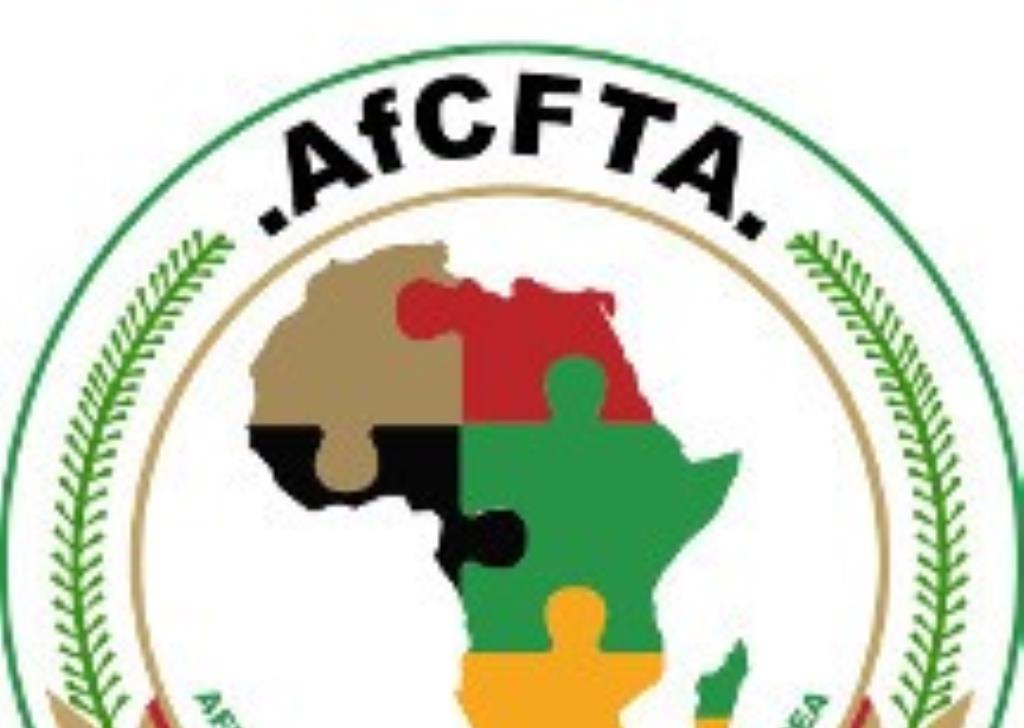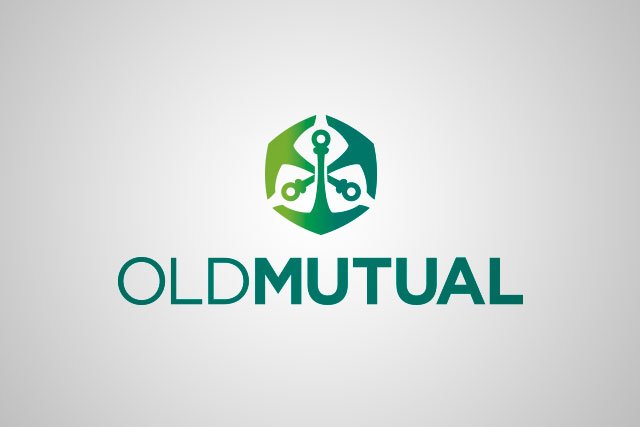As parent firm innovates, simplicity does it for BAT
While British American Company (BAT) Group has been pushing for new and better ways of smoking, the very basic product is doing wonders for its local subsidiary BAT Zimbabwe.
Last week, BAT chief executive Nicandro Durante said the group had made significant strides with regards to the development and market acceptance of ‘forward-looking’ products.
“Since 2012, together with RAI, we have invested approximately $2,5 billion in the growth of our Next Generation Product (NGP) business — comprising vapour and tobacco heating products (THPs),” said Durante in his review of the group’s preliminary results for the year ended December 31, 2017.
“Our investments are now coming to fruition and, recognising that not all consumers are the same, we now have an unrivalled range of exciting and innovative products across the potentially reduced-risk categories — including vapour, THPs, oral tobacco, tobacco-free nicotine pouches and moist snuff.
“With the increased size and scale coming from RAI, we are clear leaders in the potentially reduced-risk product space and we are confident of leading the NGP category. This year we generated revenue from NGP of £397 million. On a full year basis including the contribution from RAI, this would have been approximately £500 million and we expect this to double in 2018 to £1 billion, rising to more than £5 billion in 2022.”
But for the same period (FY2017), BAT Zimbabwe’s earnings were significantly driven by low-value brands.
The local operation saw its overall sales volume jump 10 percent compared to prior year.
Total revenue increased 7, 9 percent to $36, 76 million from $34, 07 million in 2016, largely on the back of a 460 percent growth in its low-value segment, namely the “Ascot” brand.
Comparably, BAT Zimbabwe’s premium brand — Dunhill — realised a marginal growth of just 1 percent.
There is a clear difference between the brands or rather brand preferences driving the performance of the Group on one hand, and its Zimbabwean operation on the other.
This again brings to the fore the question of whether markets act to reveal independently existing preferences or do they actually act to determine them.
Although the group largely operates in Western economies that also have their challenges, these challenges are hardly comparable to the local economic milieu.
BAT Zimbabwe has been operating in an environment subjugated by unique constraints, such as the ability for companies to make import payments for critical foreign supplies.
Although not unique, Zimbabwe’s resurgent inflation of circa 3,52 percent (as at December 2017) has been exercising pressure on consumer prices.
The strong performance of BAT Zimbabwe’s “Ascot” brand was clearly no mistake.
For the period under review, the local operation increased financing into sales and marketing of the low-value brand, which — as their financials show — drove retailing and marketing costs to $4,86 million, a 18,9 percent increase.
BAT altered their route to market, increasing investment into sales and marketing activities of the Ascot brand, pushing selling and marketing costs by 18,9 percent to $4,86 million.
Analysts at local stockbroker IH Securities seem to be convinced on the deterministic nature of the market on brand preferences (at least concerning BAT Zimbabwe’s brands).
“We anticipate the trading environment to continue exerting pressure on operations in the short to medium term. Forex shortages are anticipated to worsen after the end of the tobacco selling season, and this may present problems for sourcing critical inputs for the firm.
“Management has highlighted that it will continue renegotiating with suppliers for longer payment periods to avoid running out of supplies. In addition, the industry is currently challenged with products being sold at prices below the excise duty (implying tax evasion), and this continues to impact BAT’s volumes as consumers shift to these affordable options.
In a paper titled “Do markets reveal preferences or shape them?” published in the Journal of Economic Behaviour & Organisation (February 2016), authors Andrea Isoni, Robert Sugden, Peter Brooks and Graham Loomes concluded:
“We have been able to observe shaping effects in isolation, and we have found these effects to be significant. The finding that these effects operate not only for exogenous price cues, but also for cues that are endogenous to the way markets normally operate suggests that the conventional belief in the ability of markets to reveal preferences in an unbiased manner may not be warranted.
Whatever the case may be, the global tobacco industry sells around 5,600 billion cigarettes a year with a combined value of around £500 billion.
So perhaps it makes sense for a firm to focus on what gets it the most value.–businessweekly









